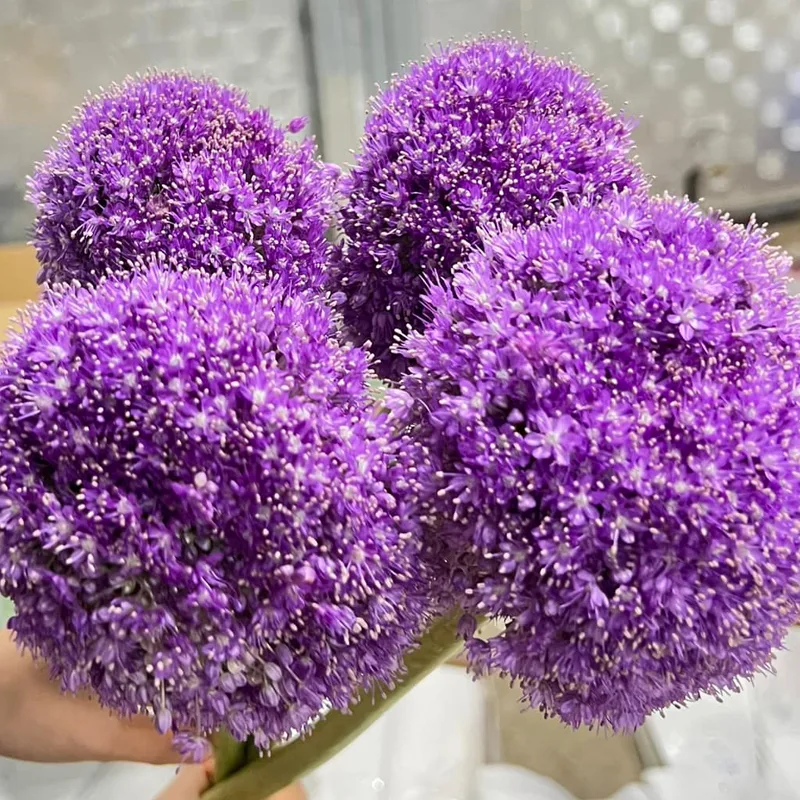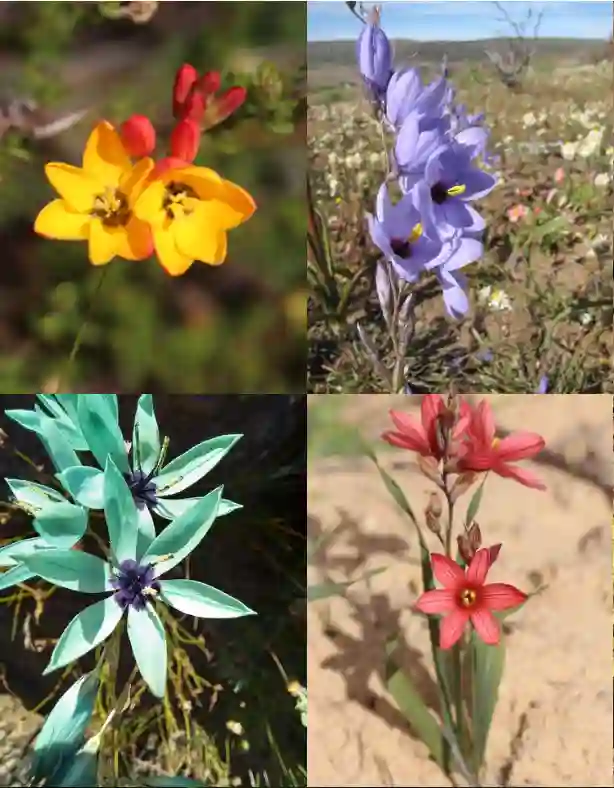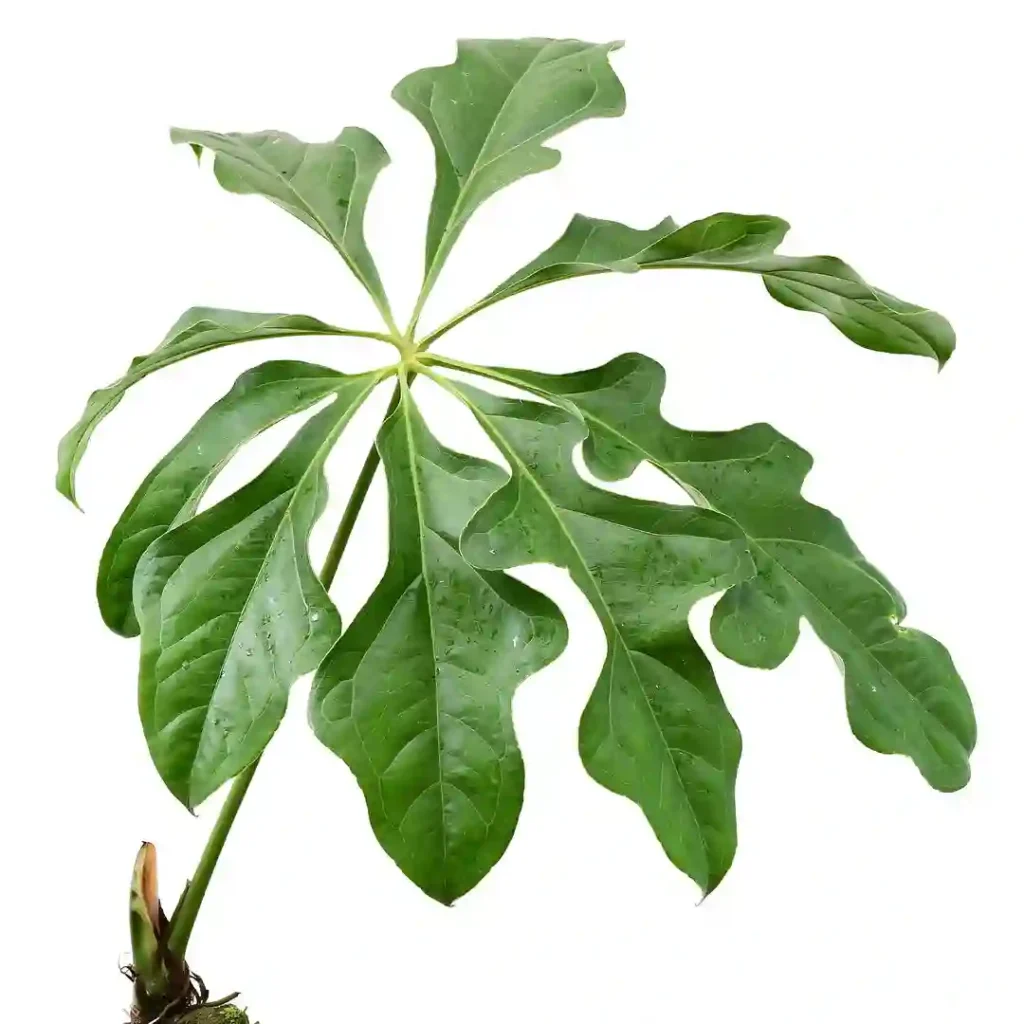The Allure of Podocarpus Henkelii: A Gardener’s Guide
For years, I’ve been captivated by the statuesque presence of the Podocarpus henkelii in botanical gardens. Towering with a pyramidal form and draped in elegant, emerald foliage, it exudes a timeless charm. But this South African native is more than just a pretty face; it’s a surprisingly adaptable tree that thrives in many climates. Intrigued by its potential, I delved into the world of Podocarpus henkelii, and here’s what I discovered.
117 Species in Genus Podocarpus
Podocarpus Henkelii vs Gracilior
I’ve found Podocarpus Henkelii to be more compact and manageable in size compared to Podocarpus Gracilior, which has a more elegant, elongated appearance and requires a bit more space to really show off its grace.
Planting a Piece of Africa: Choosing the Perfect Podocarpus henkelii
When selecting your Podocarpus henkelii, consider its mature size. In its natural habitat, it can reach a staggering 20-30 meters tall. While growth in cultivation is slower, it still requires ample space. Opt for a young sapling from a reputable nursery, ensuring healthy foliage and a strong root system.
Where Does it Shine? Finding the Ideal Location
Podocarpus henkelii flourishes in full sun to partial shade. Aim for an area with at least 6 hours of direct sunlight daily. If your summers are scorching, consider dappled afternoon shade to prevent scorching of the leaves. Remember, this tree thrives in well-drained soil. If your garden has heavy clay soil, consider amending it with coarse sand or perlite to improve drainage.
How to Care for Your Podocarpus henkelii?
Once planted, your Podocarpus henkelii requires minimal care to thrive. Water deeply during the first growing season, allowing the soil to dry slightly between waterings. Established trees are surprisingly drought-tolerant, requiring water only during prolonged dry spells.
A Shape for Every Style: Pruning Your Podocarpus henkelii
The beauty of Podocarpus henkelii lies in its ability to be shaped. Regular pruning encourages a denser, bushier form. Prune lightly in late winter or early spring, removing any dead, diseased, or crossing branches. Remember, you can also train it into a stunning topiary with some patience and strategic pruning.
How to Multiply Your Podocarpus henkelii?
Sharing the beauty of your Podocarpus henkelii is easy. Here’s how to propagate it:
1. Seed Propagation: While possible, propagating from seed is a slow and uncertain method. Fresh seeds offer the best chance of success, requiring stratification (a cold period) to mimic winter conditions. However, germination rates are low, and seedlings can take years to reach a desirable size.
2. Stem Cuttings: This is the preferred method for propagating Podocarpus henkelii. Take semi-hardwood cuttings, around 6-8 inches long, from non-flowering branches in late spring or early summer. Remove the lower leaves, dip the cut end in rooting hormone, and plant in a well-draining potting mix. Maintain consistent moisture and place the pot in a warm, brightly lit location (indirect sunlight). Rooting can take several weeks, so patience is key.
What to Plant with Your Podocarpus henkelii?
Podocarpus henkelii makes a fantastic companion for other plants. Here are some ideas:
- Flowering Shrubs: Create a vibrant contrast by planting flowering shrubs like Azaleas or Camellias beneath its shade.
- Low-Growing Groundcovers: Introduce texture and color with low-growing groundcovers like Liriope or Ajuga reptans.
- Ferns: Ferns with delicate fronds add a touch of elegance to the understory.
With its majestic presence and adaptability, Podocarpus henkelii is a worthy addition to any garden. By following these simple guidelines, you can cultivate this captivating piece of Africa and enjoy its timeless beauty for years to come.
If i die, water my plants!



